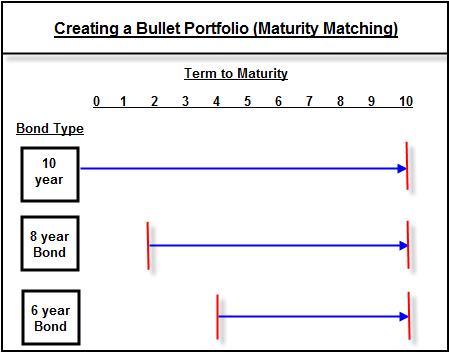Barbell Theory of investing
Post on: 27 Август, 2015 No Comment

Barbell Theory is a very simple investment allocation where your assets are focused on the extreme ends on the risk spectrum, just like with a barbell, the weight is on the two ends. This would be much different from a standard Modern Portfolio Theory portfolio (MPT) which has become the standard method of asset allocation in the past 20 years.
In other words, if the two ends of the barbell represent opposite ends of the risk spectrum, then you would allocate all of your money between the very safe end and the very aggressive end. For example, you might allocate 80% of your money to inflation-protected treasury securities (TIPS) and 20% of your money to very aggressive small growth company stocks.
Why would you do this? Heres why:
if you invest 100% of your money in various stocks of different risk, you will have a diversified portfolio but still be 100% exposed to downside risk (i.e. all of your investments could lose money).
If you invest in the 80/20 barbell (or 70/30 etc), your downside risk is limited only to the portion of your investment on the risky side- in our case, if the 20% invested in growth stocks lost all of their value, youd still have the 80% of your portfolio invested in government bonds plus interest.
Why Would This Appeal to Certain People?
The reason this appeals to some people is that a 2002, 2008, 1929 can never happen to a barbell portfolio (assuming the government bonds dont fold!). it is also possible to mimic the returns of a fully invested MPT portfolio with a barbell portfolio with much less risk. Heres how:
Lets assume that a diversified MPT portfolio is expected to earn 9% annually based on historical returns and weighted expectations. Therefore we have expected return = 9%, investment at risk 100% of portfolio.
Lets assume an 80/20 barbell is comprised of 80% allocated to bonds with an expected return of 5% and 20% allocated to aggressive growth stocks with an expected return of 25%. In this case, the total expected return =
(0.80 x 5%) + (0.20 x 25%) = 4% + 5% = 9%.
Here weve mimicked the return of a fully invested portfolio with a downside floor protection plan in place limiting losses to no more than 20% of the portfolio 4% (for interest earned on bonds) or 16% MAX LOSS risk.
Bottom line: Some people like the idea that there is an absolute maximum to what they can lose when they invest. The idea that the loss parameters are unknown and could be very high scares many away from investing in the first place. This is a way to get some people to invest with some level of comfort.
***Update: I wrote a more recent article on Barbell Investing, including potential ways to construct a barbell portfolio (1/29/2013) read by clicking HERE
Dont Know What to Do Next?
our offices
If you are confused or not sure about what to do with your investment portfolio, give me a call. As an experienced financial planner in the Medford, MA area (just outside Boston), I and my team have helped people in many situations like this determine their appropriate asset allocation strategy. If you would first like some questions answered give us a call 781.393.0021 or send us a quick contact and we can go from there. Thanks for stopping by!
For more information about Chris Grande, click HERE .
For more information about Walnut Hill Advisors, LLC, our process and navigating information around this website, click HERE .
Also, be notified early about seminars and workshops that I conduct where you can come, ask questions, and learn more. Also keep in touch with Chris on topics outside of business, such as travel, consumer advocacy, and food! In order to stay in touch, get my occasional email updates by subscribing here: Email Updates














